Intel CEO Pat Gelsinger got a lot of press today as he launched Intel Foundry as a systems foundry business designed for the AI era. And he ended the day with an even bigger newsmaker, as he closed an event of Silicon Valley movers and shakers with a fireside chat with OpenAI CEO Sam Altman.
Gelsinger is risking a lot, spending $25 billion a year on new chip factories that will take advantage of the U.S. CHIPS and Science Act, and he sought some validation for this strategy from Altman.
“You know, stocks go up, stocks go down. Whatever. But over the next couple of decades, those squiggles will even out. We’ll figure out the research challenges [for AI]. And I would bet the world is going to need a lot more wafers than they have today,” Altman said.
“Well, that’s good to hear. Because I’m building a lot of factories,” replied Gelsinger, prompting a laugh from the thousand or so people in the crowd.
GB Event
GamesBeat Summit Call for Speakers
We’re thrilled to open our call for speakers to our flagship event, GamesBeat Summit 2024 hosted in Los Angeles, where we will explore the theme of “Resilience and Adaption”.
The center of our attention
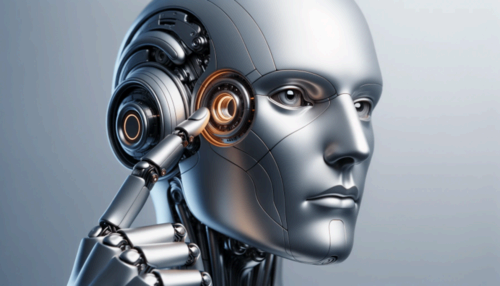
After a dramatic firing and rehiring last year, Altman became pretty famous as the leader of the free world when it comes to accelerating the development of generative AI, which has transformed our lives with AI chat and fanciful art imaginings. And generative AI has produced so much demand for chips — rival chip maker Nvidia saw its revenues grow 265% to $22 billion in its quarter reported today — that it is producing the perfect spiral, where software demand grows so huge that it creates accelerated demand for hardware in the form of chips that the likes of Intel and Nvidia design.
Gelsinger said that Intel has received $15 billion in orders for its Intel Foundry, which will make chips for third-party chip design companies — presumably those who need tons of data centers like Altman.
Altman said he believes that pretty soon AI will just be woven into every company’s strategy.
“I remember when the iPhone first came out electronics sort of like this. Everybody was, like, ‘What’s your mobile strategy?’ Then, not that long after that, people stopped talking about it because it would be crazy not to have something that worked well on the phone. And I think that’s what’s going to happen” when it comes to AI, Altman said.
“I call it miraculous to mundane. A breakthrough technology does that very rapidly within just a couple of years,” Gelsinger said.
Moving fast
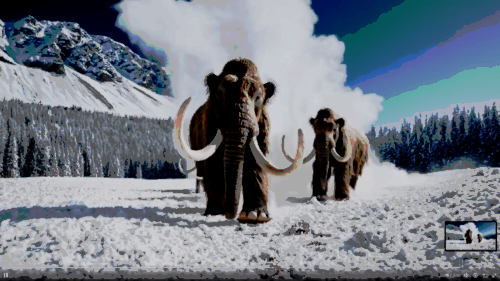
People are no longer stopping Altman on the street and asking him if ChatGPT is really real. But they are expecting better and better AI, as Altman said they adapt quickly to new technology and increase their expectations for what the software developers should deliver.
“I think that’s great. And I think we will continue to deliver. And I think people will continue to get used to it,” Altman said. “And what people will be capable of achieving with these tools, in another five or 10 years, will be quite remarkable. It’s not even that people will just be able to do more work faster. We’ll be able to do things that we just couldn’t do before. That we just weren’t smart enough to do before on our own, and these new tools will enable us to be great.”
Gelsinger said he wanted to go further into the future and ask what the hard problems are when it comes to AI research. He said we have made great progress, but where are the AI problems?
Altman said it’s “cool to watch the frontier of discovery get pushed back so rapidly.” But if there is one fundamental thing people want, it is “they just want the system to get smarter.”
Steady progress

Until recently, you couldn’t generate a video (and now you can with OpenAI Sora).
“We have one job within our research team, which is figure out how to make the system smarter,” Altman said. “And if we continue to deliver on that, and we keep finding new ways to do it, then all the ways people use it, the incredible things people build on OpenAI, all of the stuff people use ChatGPT to do,all that just lifts up. And that’s a fun challenge. You just have to push it.”
Asked what keeps him up at night, Altman said he worries about the problems but does sleep OK.
“We know that GPT4 is not very good. But we know what we need to do better. And we know GPT5 is going to be better than that. And that’s fine with me,” Altman said. “There’ll be new problems. And it’s fun to have problems to work on. So we’ll get to sort those out once we knock out the current ones.”
The consumers and techies pushing them forward motivates OpenAI to do better, Altman said. “But we have a research approach, like a macro research approach, and a more specific one that we believe in, and we’re just going to keep pushing on.”
Gelsinger noted that he’s been know to say that “We’re not done with Moore’s Law until the periodic table is exhausted.”
Technology optimism
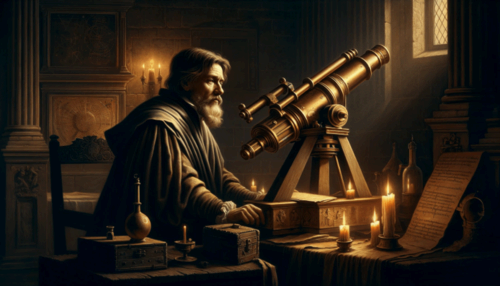
Gelsinger added, “I appreciate your fixation on the science of AI, what it just takes to make these systems better and better. As they get smarter and smarter, you and I are both technology optimists.” Gelsinger noted there are many people worried about the implications that AI could have on society and jobs and not being controlled or managed. Gelsinger asked Altman what he thinks of those implications.
“I am a tremendous optimist in general, but particularly, I think there are a lot of things that we have to master. And there are risks,” Altman said.
Zooming out, Altman said he thinks the future is going to be a lot more solvable. If we have tools that can help us discover some kind of incident much faster, or we can cure every disease, learn more about the universe, or harness more scientific knowledge to make better technologies or provide everybody with a great education and great healthcare, these are big deals, he said.
“I totally respect the question about what’s going to wrong,” Altman said. “I wish you would ask more often what’s going to go right. But since you didn’t ask, I’ll talk about what’s gonna go wrong.”
Looking at the risks is important, Altman said. A big part of why they started OpenAI was “imagining a tool like ChatGPT getting into the hands of someone who wants to cause harm,” he said.
He added, “You can imagine just the unintended consequences of a system like that running, which people have been making movies about for a long time. We do a lot of work on alignment and safety and what it takes to responsibly deploy these systems and be prepared for even if things go well, what some of the negative socio-economic impacts will be.
And he said, “And this is going to require a whole of society response. This is not just something where you get the technology. You’ve got to really internalize how much this is going to impact and have a nimble public policy response to it, even if you’ve got all of the technical safety work. But in the short term, in addition to all of that, I think we will see stuff like potential impact on elections. I think there are risks that people are starting to look at more seriously about.”
The risks of AI and the need to be responsible
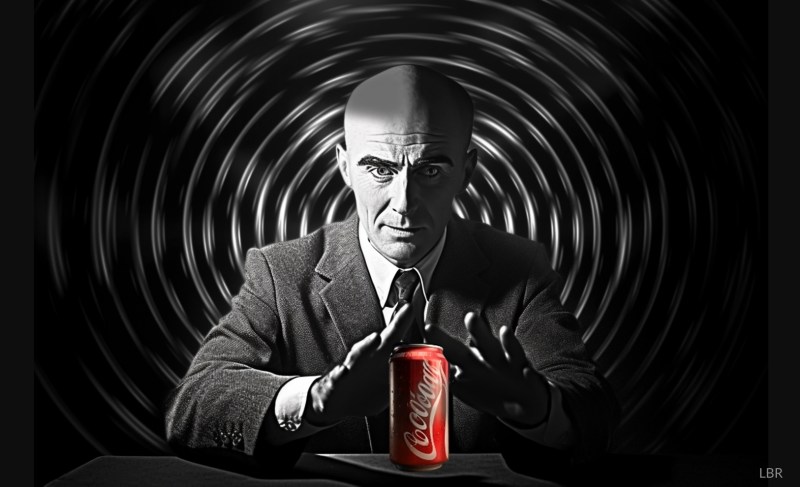
Those risks include AI being used to breach computer security, perpetrate bioterrorism and more. That will require careful work on mitigating technical safety and policy work.
“We’re going to head to a world where I think there will be more generated content by AI than content generated by humans,” he said.
Gelsinger said he viewed technology as neutral.
“It’s like a good nor bad,” he said. “It’s how we shape it, use it. How do we protect [against] the bad? How do we shape it more for the good?”
He noted the printing press was neither good nor bad, but it could be used for both. Every technology has been that way over history, Gelsinger said.
“How we keep shaping it as that force for good? I think AI is like that. It has this extraordinary capacity to be used for good,” he said.
Altman disagreed some.
Is tech neutral?
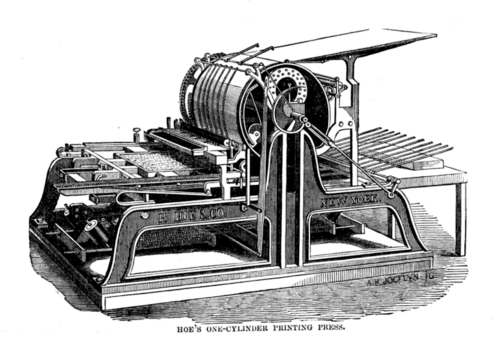
“I haven’t described technology as neutral. I think I would say technology is good. There are bad pieces of it. But I think the technology fundamentally is how we can do more with less and do things that we can’t do on our own,” Altman said. “I think people can push a button and say, ‘humans are never going to invent another piece of technology again.’”
He added, “Most people wouldn’t make that trade. And to me that says, you know, technology is good. It doesn’t mean there are not really bad parts of that. But I think it is an enabling piece of magic for society. And that seems to be a really good thing. Now we do have to use it responsibly. And even creating things can cause great harm. But, man, I love technology.”
He said people are worried because there are serious decisions to make about AI.
“I think we collectively will rise to the occasion,” Altman said. “I think it’s a great sign that the world is taking it so seriously now. And again, I hope that we’re going to get to a world sooner when people will look back at 2024 and be like, ‘I cannot believe how bad those people had it.’”
Gelsinger asked Altman if he saw The Emperor of All Maladies, a book and a Ken Burns film that chronicles the history of cancer treatments. Fifty years ago, the treatments seemed pretty barbaric, Gelsinger said. And 20 years from now, he thinks they can be pretty amazing. Gelsinger asked if we could use technology to detect defects, like deep fakes, and deal with the maladies.
“One of the things that we’re really proud of is how much time we spend on this,” Altman said.
He said each version of the AI tech will reflect the fact that the team is taking its responsibility very seriously, Altman said. “And there are a lot of judgment calls within there. We don’t get it right every time. But we want to get it right over the long haul.”
They talked about the need for interoperability and Altman said he was happy that the systems work in natural language and that makes it easier to implement open standards.
Gelsinger brought up his mentor, Andy Grove, one of the earliest employees and former CEO of Intel. He had this saying, “Only the paranoid survive.” It became Intel’s mantra to be paranoid of the competition and also paranoid of success.
He asked, “How do we ensure that we’re paranoid enough about AI in this environment, and learning from everything?”
The world needs to decide on AI
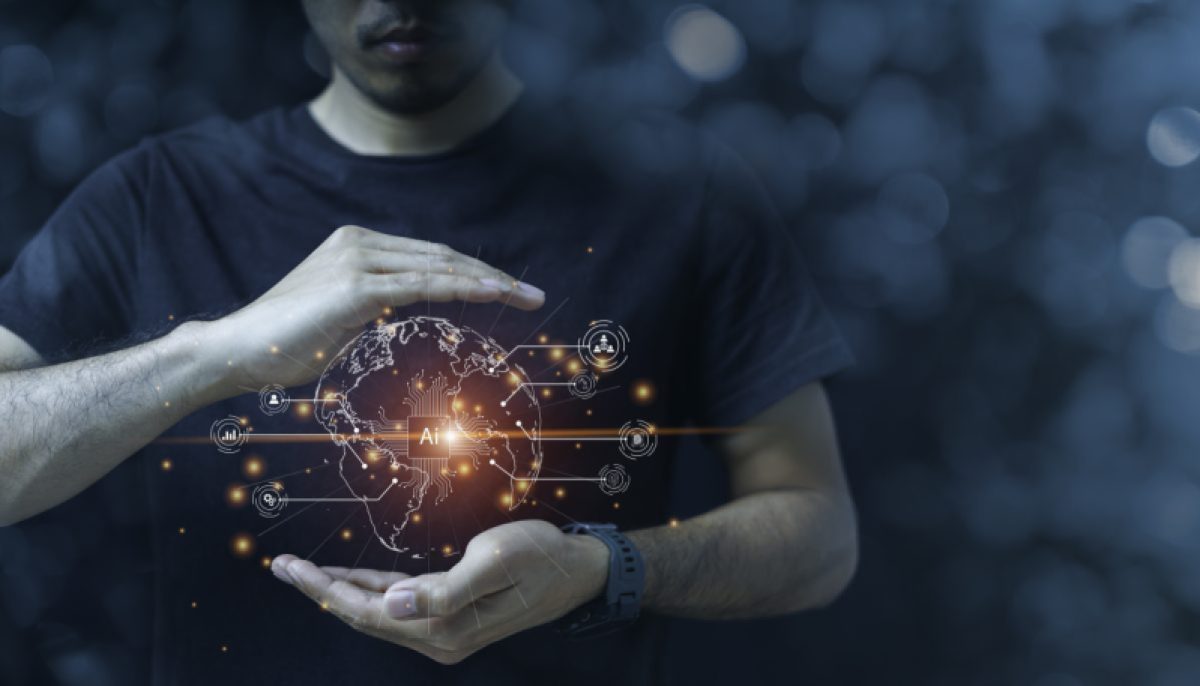
Altman said he thinks the world is pretty paranoid right now about AI, and that’s good. Altman said he has a voice in this job to share its perspective with policymakers.
“Fundamentally, this would be a decision the world has to make together, and then it’s going to impact us so much, all of us so much that this is what we need our governments and institutions to do,” Altman said.
Gelsinger said the view of government from the West Coast technologists is usually to visit Washington, D.C., to make sure they “didn’t do anything bad to our industry and then we go back home.”
Now he thinks public-private partnerships will be critical as we look to the future.
“In this moment, maybe more than I have ever felt before about technology, we need the government to play an important role here. We’re going to get this right. And this is going to be such an impactful technology that we should all want them to know,” Altman said.
Altman didn’t know whether we have beaten all the challenges. He said the team continues to grind on. Gelsinger said it felt like the early innings of deployment of AI. He asked what Altman was most excited about.
“The one that I personally, individually, am most excited about is what this will do for scientific discovery. I think it is just so cool. And it’s going to have such an incredibly positive impact on our lives, when AI can help us discover way more science,” he said. “I’m curious to see what happens there.”
That should lead to a lot of benefits for society, he said.
Trillions or billions?
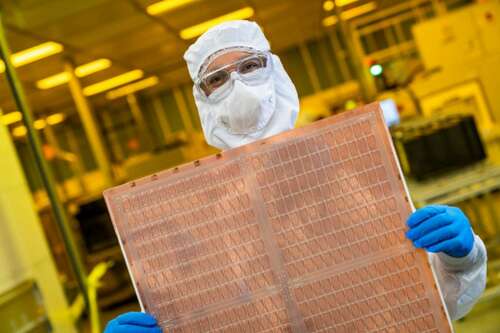
Gelsinger noted the science behind chip manufacturing and how AI is being used to improve manufacturing yields.
“Every time we put out a new version of the model, the amount of applications” just go up and up, Altman said.
Altman congratulated on all of the progress and great work and he was happy to see a “strong Intel” and how it was doing its work in the U.S. He thinks everybody is underestimating the need for a lot of AI computing.
Gelsinger noted that his board members who are present think his capital plans are pretty aggressive. What would they cost? Who is going to design all those products to go on the wafers in factories?
“I was only talking tens of billions,” Gelsinger said. Then he referenced a big story about Altman.
Gelsinger brought up the Wall Street Journal story where it was reported that Sam Altman is seeking $7 trillion in funding for chip factories and other infrastructure to accommodate the age of AI in a “moonshot.”
Altman said, “If I just had to sit there and correct every mistake in reporting in the media, I would not be able to do my job,” Altman said.
Gelsinger added, “But hey, these are big numbers. The numbers will be the data we agree on and these are expensive factories. If we’re underestimating the size of the market, that’s a lot of semiconductors” and factories to build.
And OpenAI issued this statement to the Wall Street Journal: “OpenAI has had productive discussions about increasing global infrastructure and supply chains for chips, energy, and data centers — which are crucial for AI and other industries that rely on them. We will continue to keep the U.S. government informed given the importance to national priorities and look forward to sharing more details at a later date.”
Gelsinger said it was interesting that every prime minister of every country in the world wants to meet with Altman to help drive their agendas.
Atman said he was a nerdy kid who watched a lot of sci-fi (sadly, Gelsinger didn’t press him on what he watched) and played with his computer a lot. He said he felt incredibly lucky that neural networks finally started to work.
Altman has dedicated about 10 years of its life to the OpenAI cause, starting around 2014. Gelsinger said he started to work in ship design and then shifted to microprocessors and now 40 years have gone by. Yet he said this was the most exciting time he had ever seen. Altman said he was happy as well.
VentureBeat’s mission is to be a digital town square for technical decision-makers to gain knowledge about transformative enterprise technology and transact. Discover our Briefings.

